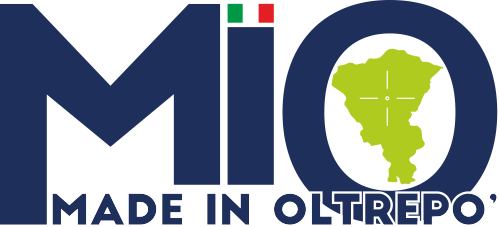The Oltrepò Pavese is one of Italy‘s most famous and fascinating wine-growing areas. This hilly territory is distinguished not only for the quality of its wines, but also for its unique microclimate that contributes to the creation of an ideal environment for viticulture
The Oltrepò Pavese extends south of the river Po, bordering Emilia-Romagna and Liguria. The region is characterised by a hilly landscape ranging from 200 to 700 metres in altitude. This variety of altitudes and slopes contributes significantly to the local microclimate, creating a series of environmental conditions that favour vine cultivation.
The microclimate of the Oltrepò Pavese is influenced by several factors, including altitude, sun exposure, proximity to the Alps and the Apennines, and the presence of the Po river. These elements create an environment favourable to the growth of vines, contributing to the production of high quality grapes. Let us see in detail how each of these factors affects the microclimate.
Altitude is a crucial factor that determines the temperature and humidity of a region. The hills of the Oltrepò Pavese, which vary in altitude, allow for a wide range of microclimates, each suited to different grape varieties. Vines grown at higher altitudes benefit from cooler temperatures, which slow down the ripening of the grapes, allowing them to develop a more complex aromatic profile and maintain good acidity.
The proximity of the Alps to the north and the Apennines to the south-west creates a protective effect that positively influences the microclimate of Oltrepò Pavese. The Alps act as a natural barrier against the cold currents from the north, while the Apennines offer protection from the humid sea winds from the Ligurian Sea. This climatic isolation contributes to a stable and favourable environment for viticulture.
In addition, the temperature range between day and night, made possible by the mountain influence, is crucial for the quality of the grapes. The cooler temperatures during the night slow down the metabolism of the vines, allowing a more gradual and balanced ripening, with a greater concentration of aromas and flavours.
In addition to the microclimate, another element that greatly influences the quality of wine produced in the Oltrepò Pavese is the composition of the soil. The soils of this region are varied and include calcareous marls, clays, sands and gravels. These soils, well-drained and rich in minerals, provide the vines with the necessary nutrients for healthy and vigorous growth.
The soil characteristics directly influence the aromatic profile and body of the wines produced. For example, clay soils tend to produce more structured and complex wines, while sandy soils result in lighter, more delicate wines. The variety of soils, combined with the microclimate, allows Oltrepò Pavese to produce a wide range of wines, each with its own unique characteristics.






















